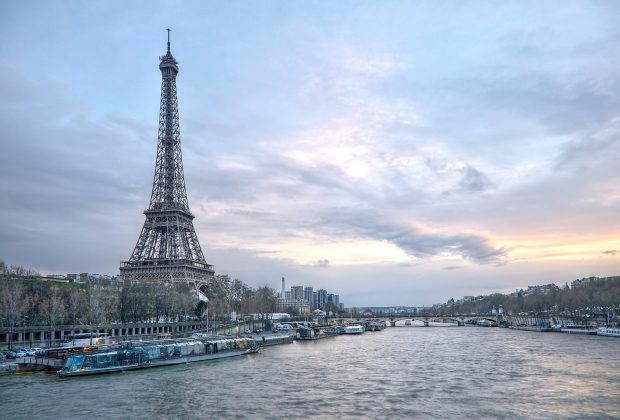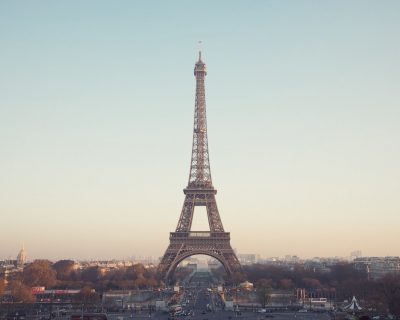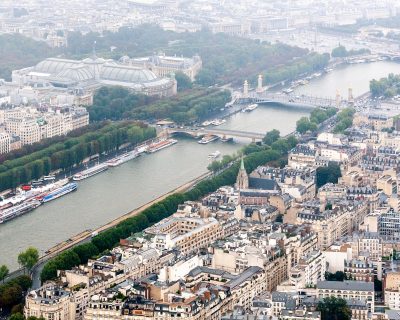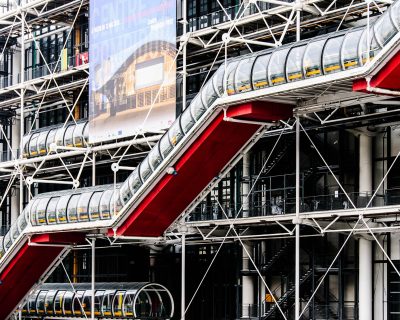The Eiffel Tower is the symbol of Paris, the one iconic sight every first-time visitor has on their to-do list. It’s a spot for romantic proposals and a place that is as beautiful as it is an architectural and engineering marvel.
But just how marvelous this tower is can only be realized by taking a look at the jaw-dropping impressive (and often surprising) facts and figures that make up this metal structure we all love so much.
Here are 19 Eiffel Tower facts to know whether or not you’re planning a trip to Paris.
1. Gustave Eiffel built the tower because he won a competition
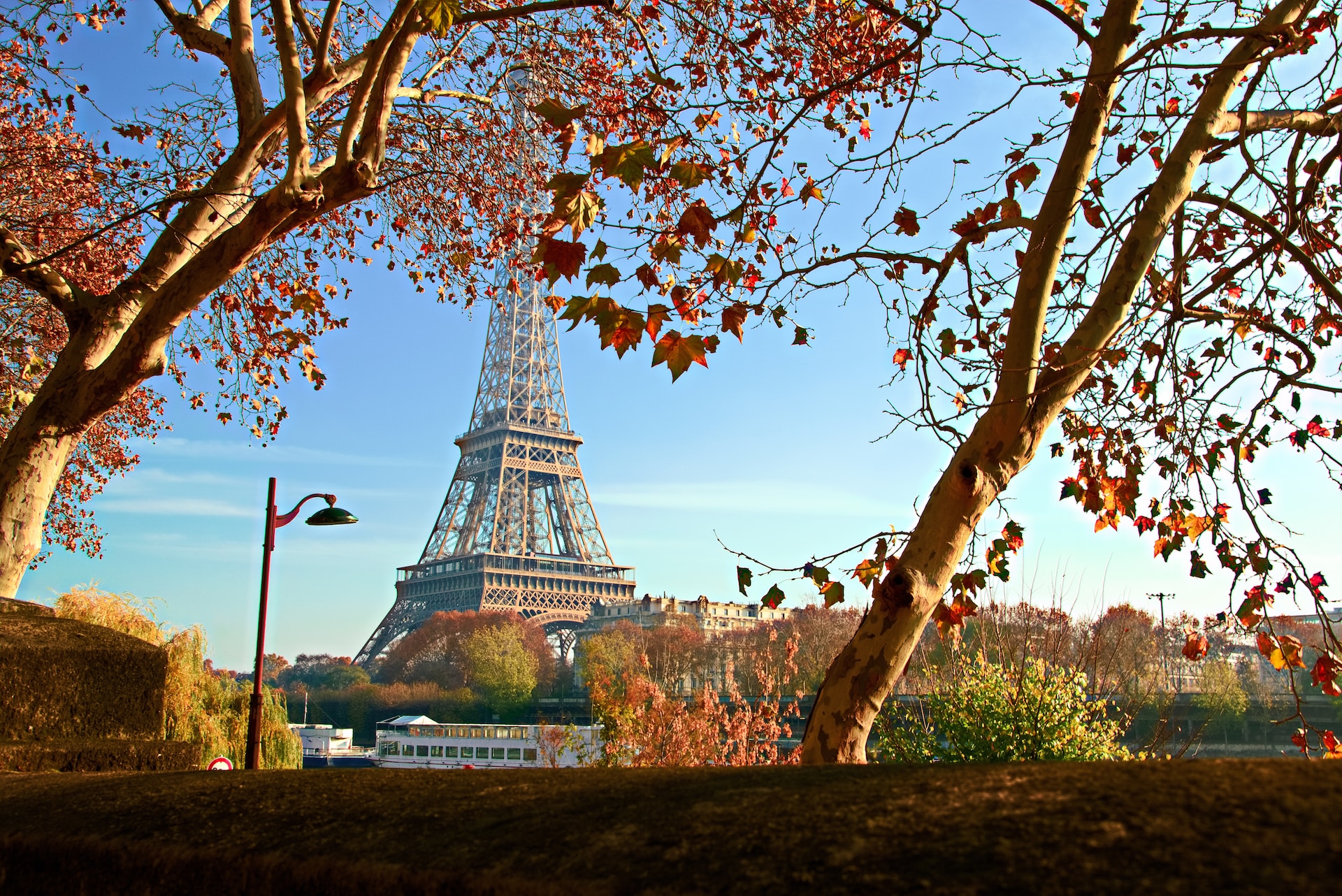
When it was decided that Paris was going to host the Exposition Universelle, the World’s Fair, in 1889, the exact date of the 100th anniversary of the French Revolution, France wanted to make a memorable impact.
So the city held a competition, and out of 107 submissions, it was the striking design by engineer Gustave Eiffel and his team, which won the right to build the icon of the World’s Fair.
2. Eiffel had to pay for much of the build himself
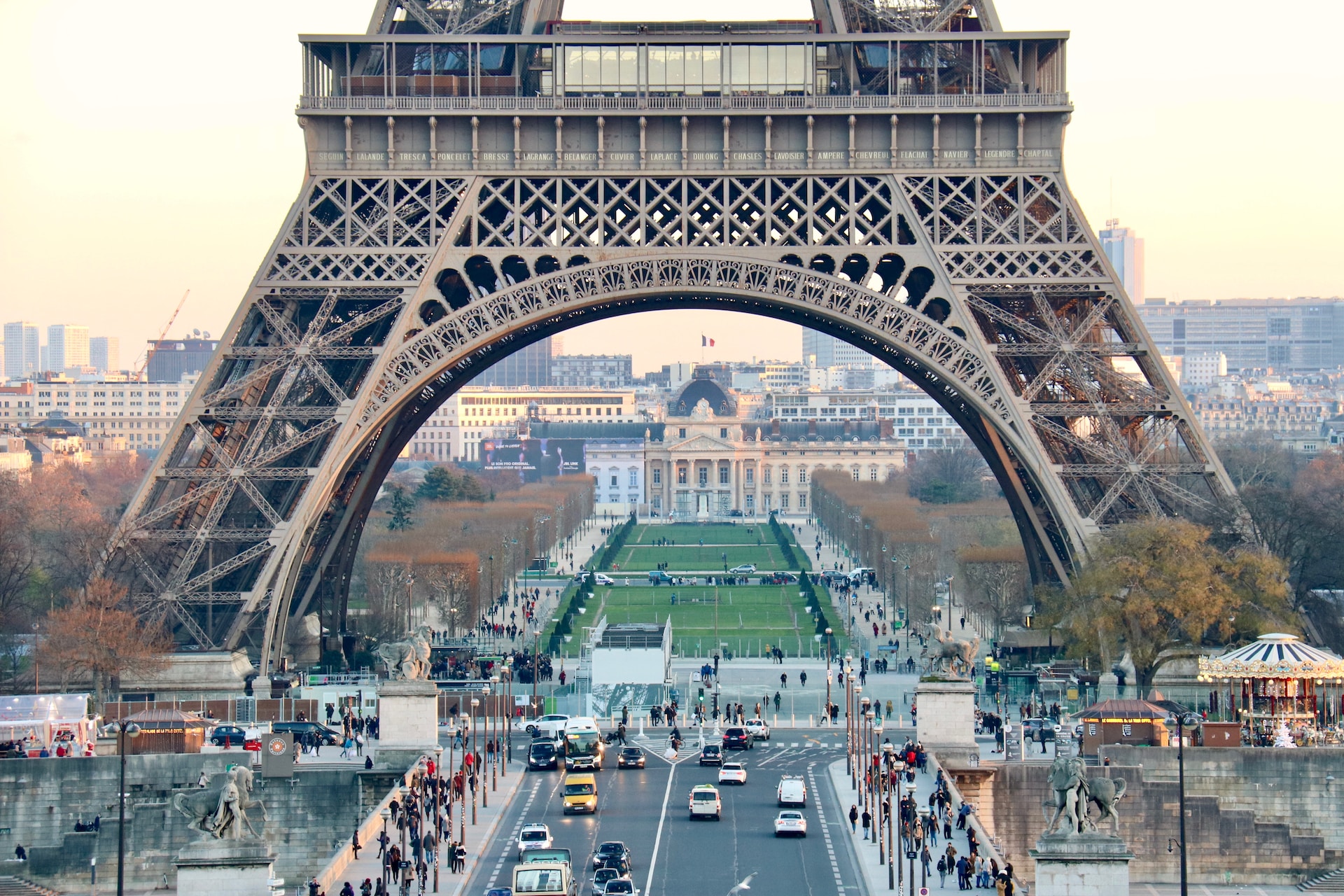
While the city of Paris wanted to make an impact, they seemingly didn’t necessarily want to pay for it. The contract stated that Gustave Eiffel would build the tower at his own expense, but he’d receive a small grant from the government to help him out.
The cost then was roughly 6.5 million in francs, a paltry 1.5 million of that accounting for the grant. In total, that’s roughly €30 million in today’s money.
3. Eiffel didn’t work alone
Gustave Eiffel gets a lot of the glory — and gave his name to the tower, but he wasn’t a solo act.
A construction of that magnitude takes more than one engineer and quite a few architects. In total, over the two years, two months, and five days it took to build the tower, historians estimate that a team of some 50 engineers and architects, plus around 500 workers, chipped in to get the Eiffel Tower ready for the fair.
4. It was once tallest building in the world
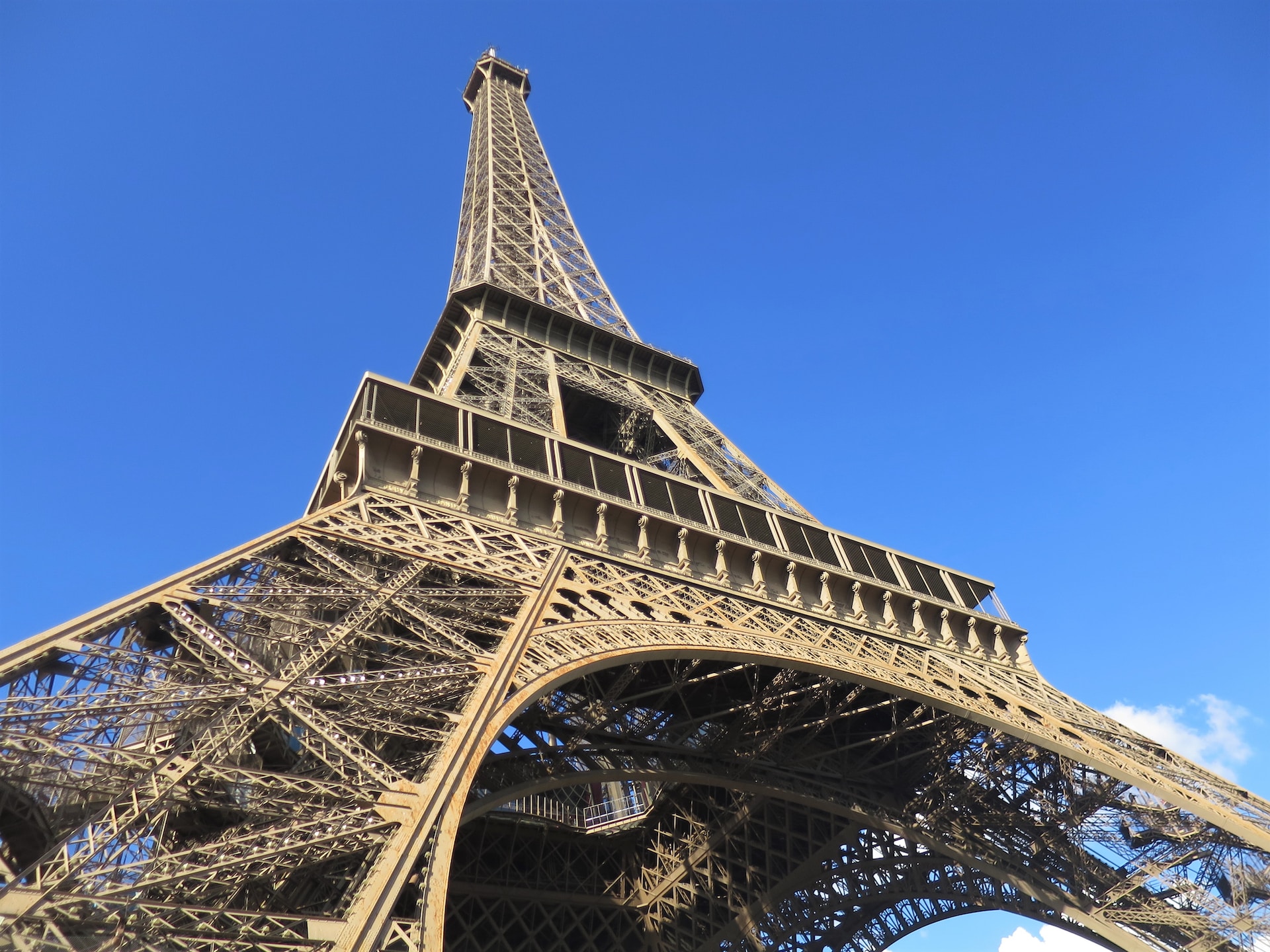
Talk about making a big impact. At the time of the 1889 World’s Fair, the Eiffel Tower was the world’s tallest building, and it stayed at this record-breaking rank for 40 years.
Then in 1929, the Chrysler Building briefly took the title, only to be toppled by the Empire State Building.
5. The Eiffel Tower changes height
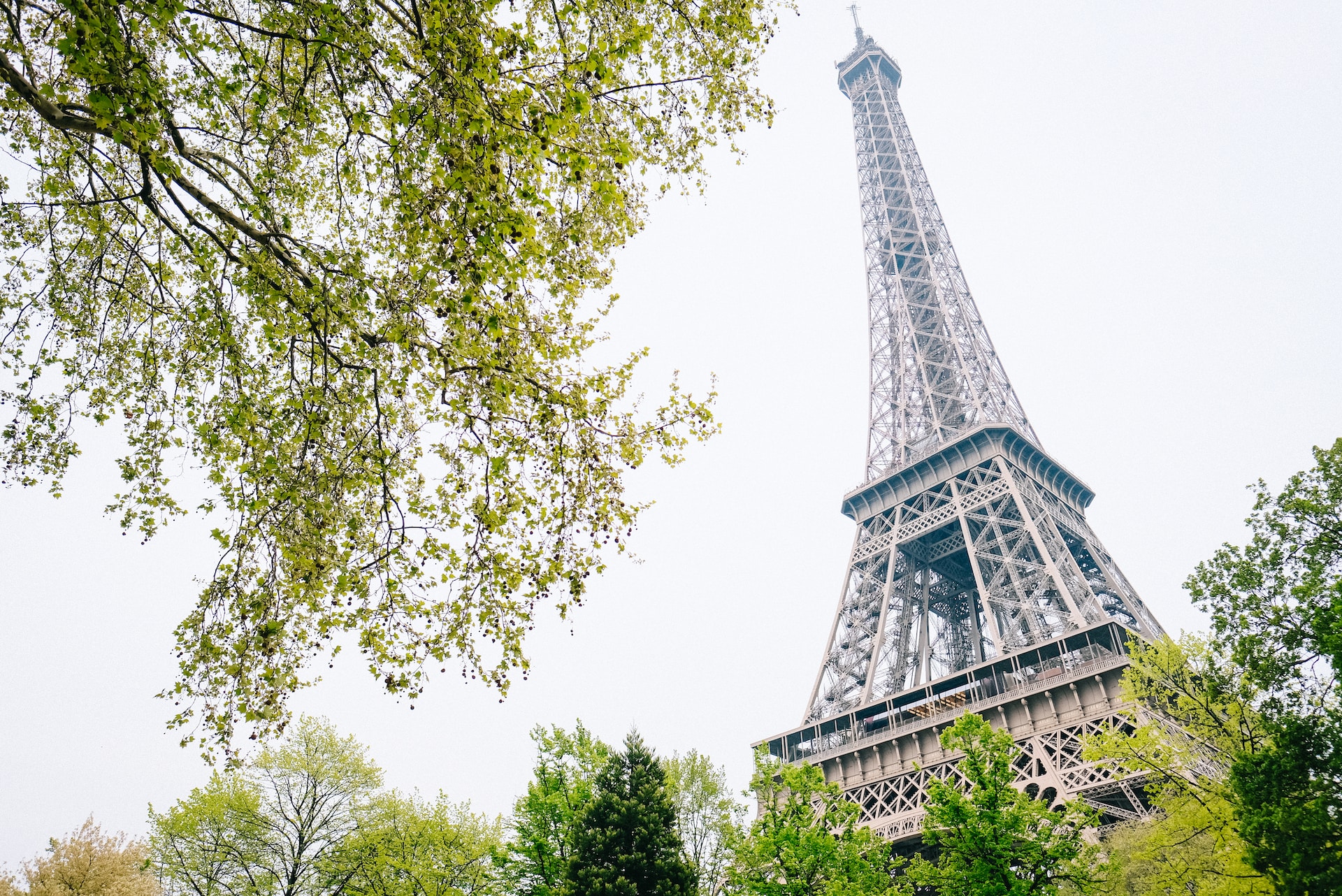
The Eiffel Tower stands around 1,023 feet (312 meters) feet tall, but that can vary. Sound unbelievable? It’s true — depending on the temperature, the tower may be slightly taller when you see it one year versus when you visit the next time.
Between the hottest and coldest days of the year, the tower grows and shrinks by around six inches (or 15 centimeters).
Bonus fact: In high winds, the tower also sways noticeably by over 2.5 inches (six centimeters).
6. It gets a regular lick of paint
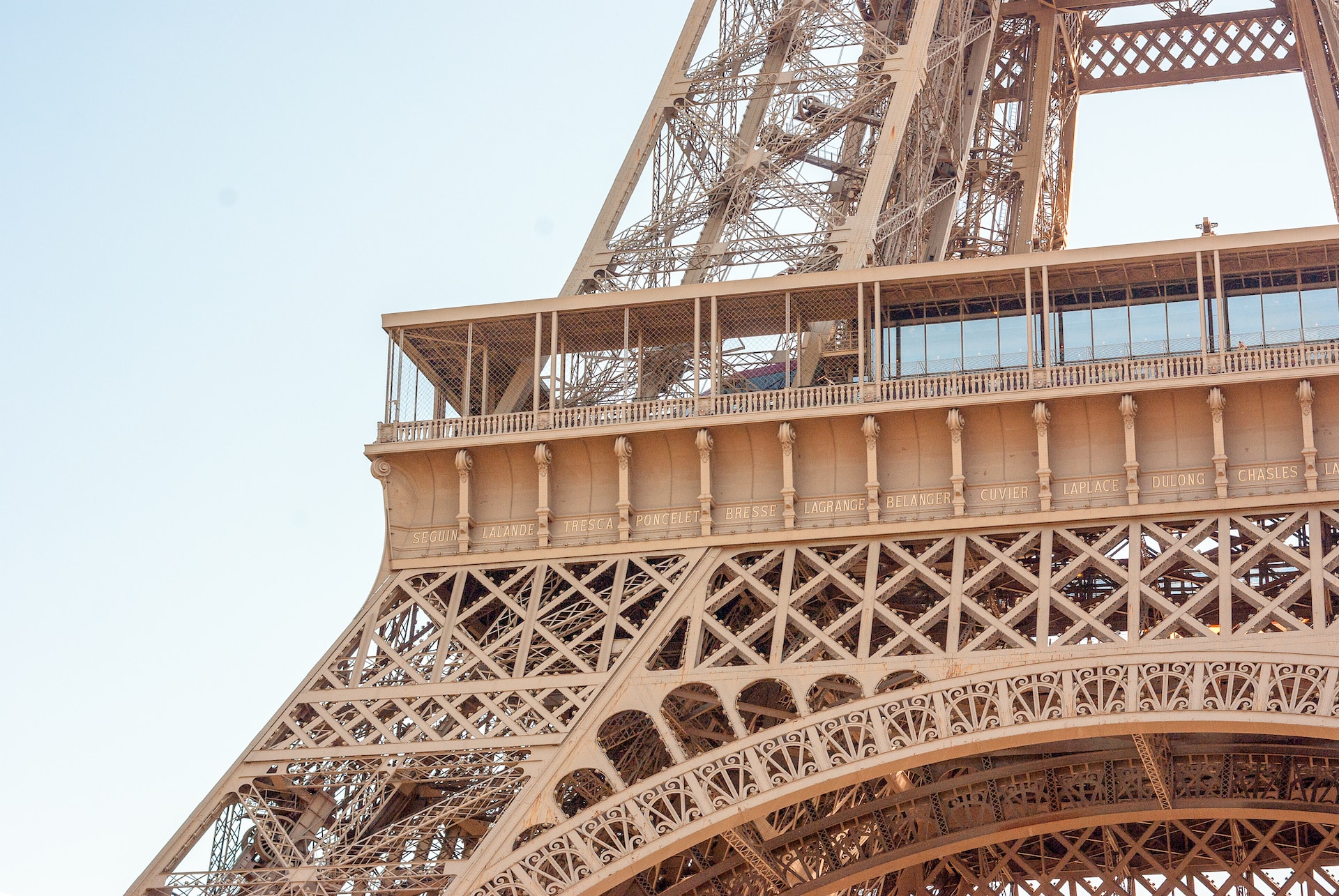
To keep the Eiffel Tower safe and looking pretty, not only are the rivets and bolts regularly replaced, but the entire structure also regularly gets a fresh coat of paint — 60 tons worth of it.
Completely repainted every seven years, the tower has sported various colors over the years. But in 1968 the French settled upon a specifically created color called, not surprisingly, Eiffel Tower Brown.
Read all about the Eiffel Tower’s many paint jobs through the years. It’s a colorful history.
7. The Eiffel Tower has over 1,700 steps
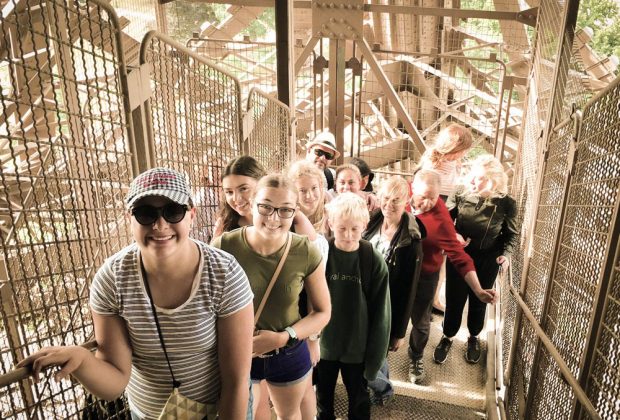
While Gustave Eiffel added three hydraulic lifts back in 1889, a wonder in themselves for the 19th century, the 1,665 steps that lead all the way to the top have always been one of the highlights of visiting the tower.
In fact, on the day of the inauguration Gustave Eiffel climbed up right to the top, farther than visitors are allowed to go, reportedly 1,710 in total, to hoist the French Tricolor.
He always recommended climbing as the way to experience the tower, and we do too. Climb with us or read what travelers say it’s really like to climb the tower.
8. The first guided climbing tours up the Eiffel Tower launched in 2017
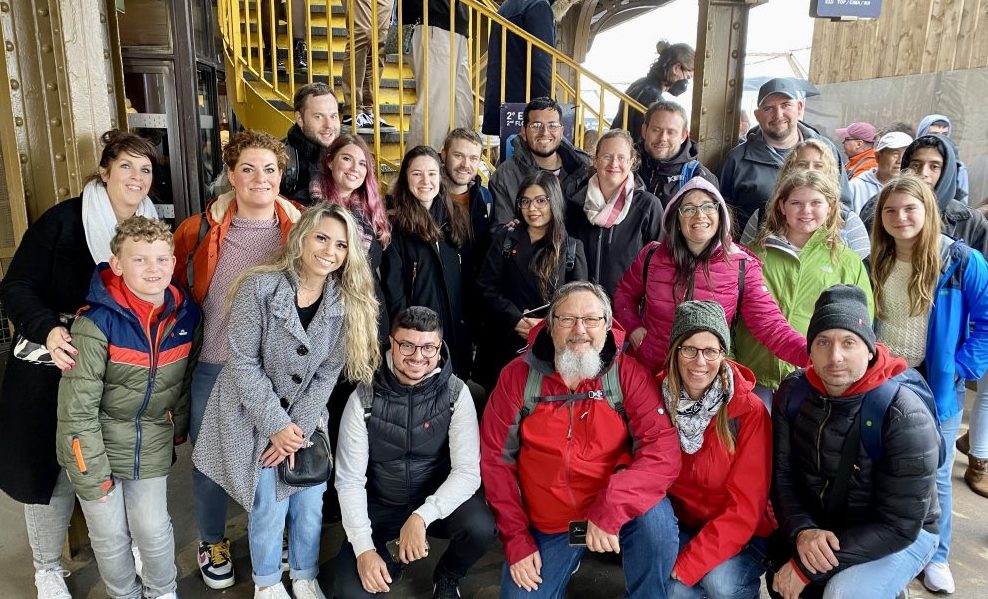
People have been climbing the tower since it was built, but it took over 120 years to create a guided tour that took the stairs.
You see, before 2017, guided tours always took the elevators. You zip up, you zip back down. But in February of that year, we launched the world’s first climbing tour of the Eiffel Tower. Your local guide gives you an orientation on the ground, gets your tickets, and leads the way up the stairs.
Then you take a break on the first floor and get some more info from your guide (who will also point out the snacks and bathrooms) before heading up to the second floor.
It’s a classic Parisian experience everyone should try once.
Tip: Don’t wear heels or flip-flops!
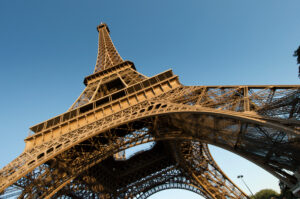
9. The elevators travel 2.5x around the earth every year
Well, that’s the length they travel. There are three lifts on the Eiffel Tower that carry visitors an estimated distance of 64,000 miles (or 103,000 kilometers) each year. That distance is around 2.5 times the circumference of the globe.
So should you climb or take the elevator? It’s a personal choice. Our Eiffel Tower Elevator Tour is popular, though we’re partial to the climbing tour.
If you’re trying to decide, we laid out the pros and cons of the stairs vs. the elevator.
10. It’s made up of lots of bits and pieces
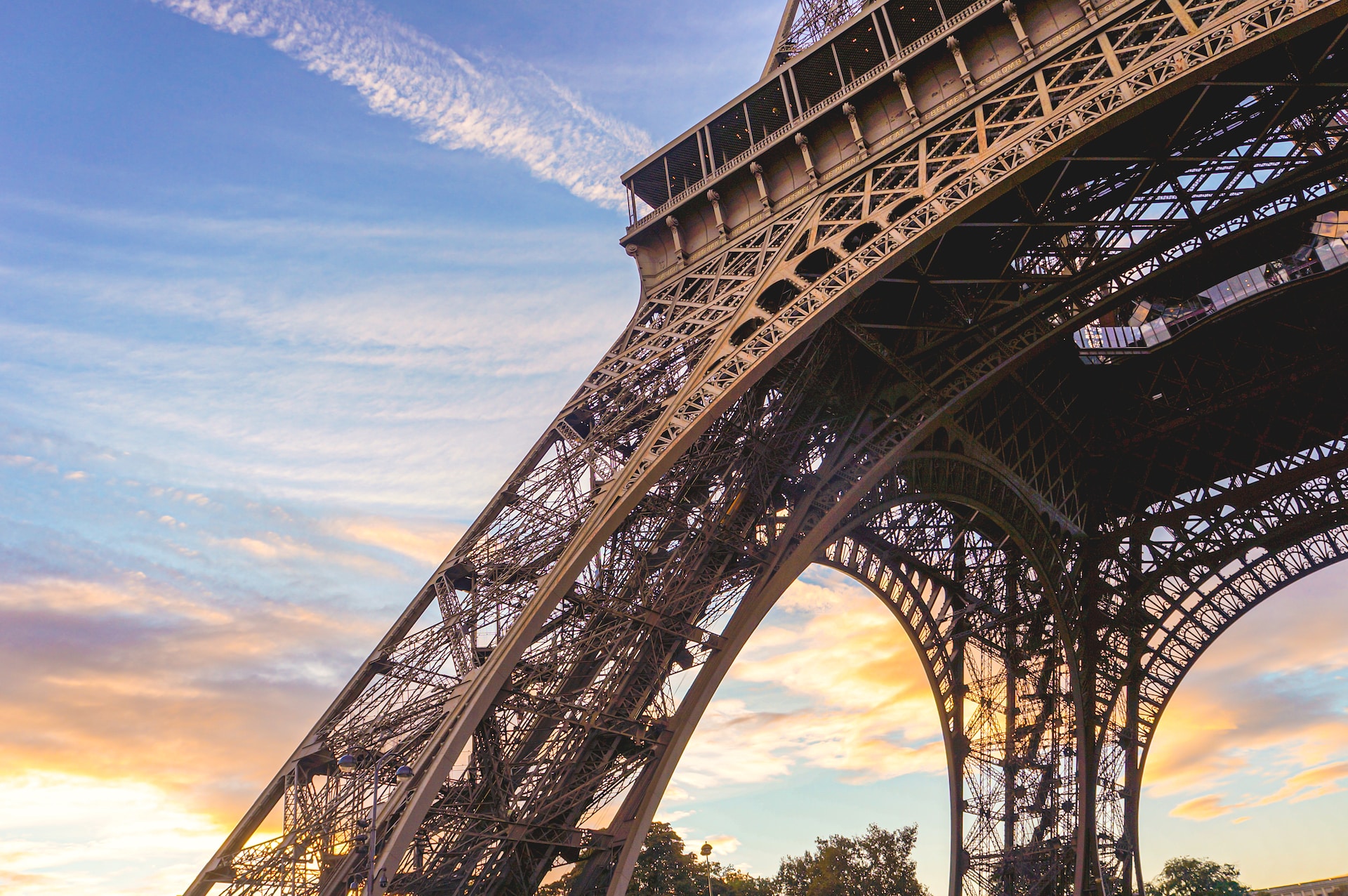
It looks like a single piece or a few big pieces, but it isn’t.
There are 18,000 metal parts that make up the Eiffel Tower, held together by 13,000 bolts and 2.5 million rivets. Because the original tower was only supposed to last around 20 years, the various pieces are constantly being replaced and fixed.
11. You can see beyond Paris from the top
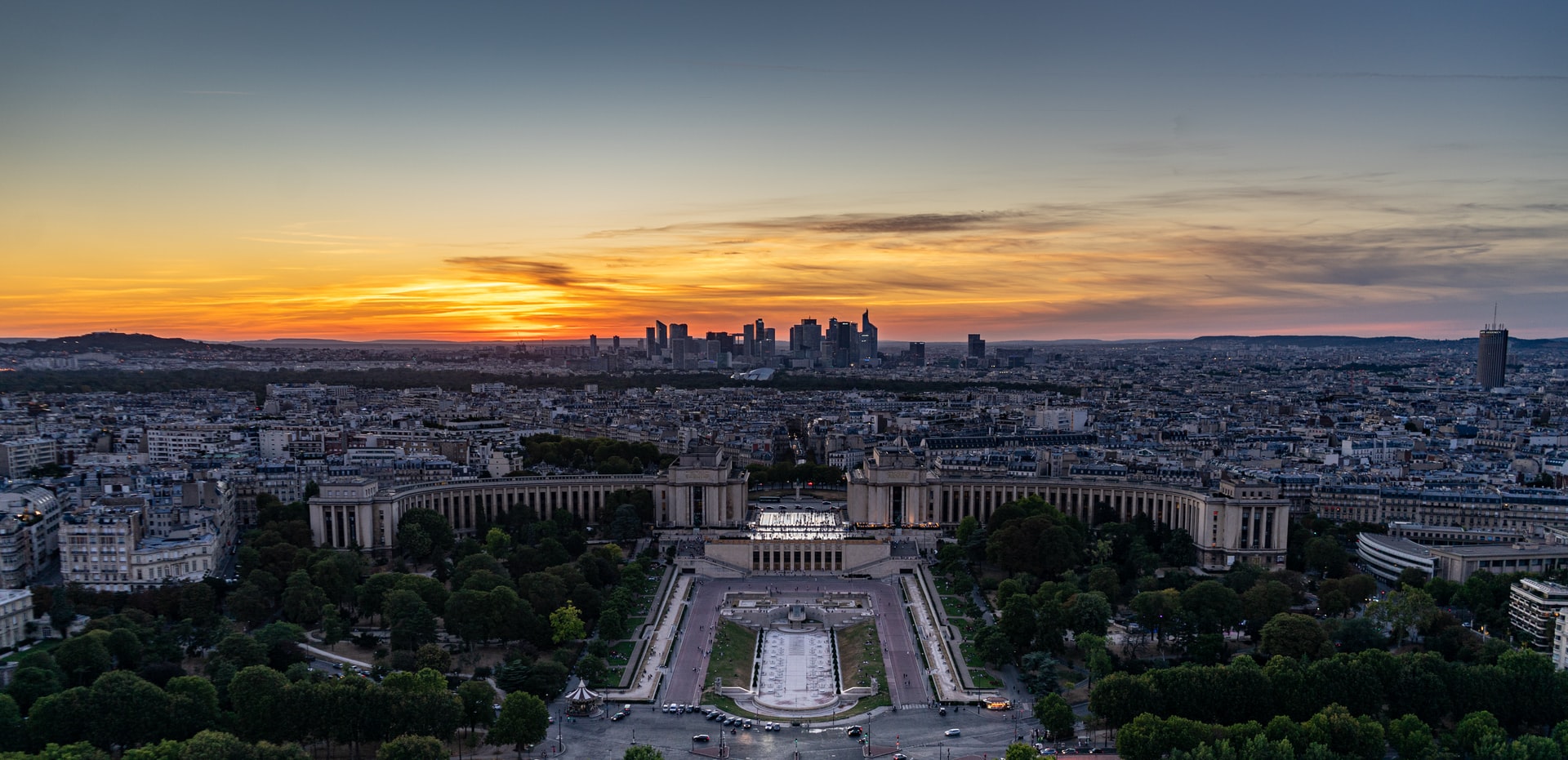
From the Eiffel Tower, you can see Paris stretched below you and as far as 65 miles on a clear day, which means you can see well beyond Versailles, to the forest of Fontainebleau.
You’ll generally have good views of the Sacre Coeur on the hill of Montmartre as well all the way over to Montparnasse on the other side, even on a not-so-clear day.
Of course, the view changes depending on if you’re looking from the first, second, or third floor. Here’s everything you can see from all three levels.
12. In 1909, the tower was going to be demolished
In 1909, 20 years after the Eiffel Tower’s opening, the contract for it expired, and it was marked for being dismantled.
But Gustave Eiffel fought hard to save his tower. From his office at the very top of the tower, he persuaded France that the tower would have future telegraphic and meteorological benefits. The upshot? He got his way, and the Eiffel Tower stayed, eventually becoming the global landmark we know and love today.
13. The Eiffel Tower has 7 million visitors a year
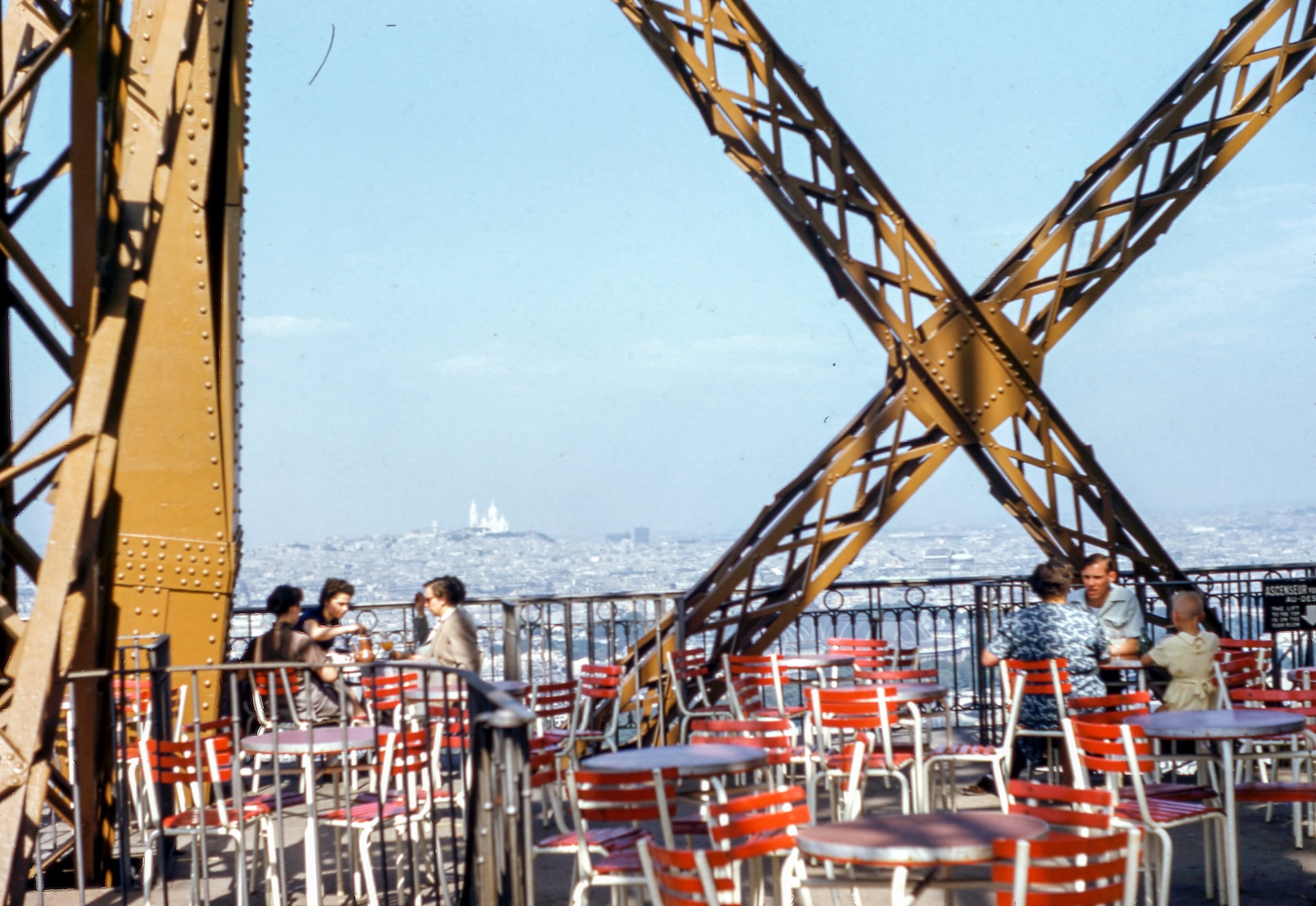
The tower welcomes visitors from around the world, including around 7 million visitors every year. In total, close to 300 million people have visited the Eiffel Tower since its opening, making it one of the most popular tourist attractions in the world.
And that’s only the people who have actually climbed or ridden the elevator up the tower. Think of how many millions more have stood at its feet and admired it!
14. The Eiffel Tower was sold in 1925
That’s right. Victor Lustig, an Austria-Hungarian con artist sold the Eiffel Tower for scrap to metal dealers back in 1925.
Lustig — whose name, strangely enough, means “funny” in German, ran off with an undisclosed but large amount of money, but he eventually landed in prison, where he died, which wasn’t funny at all.
15. The Eiffel Tower got married one time
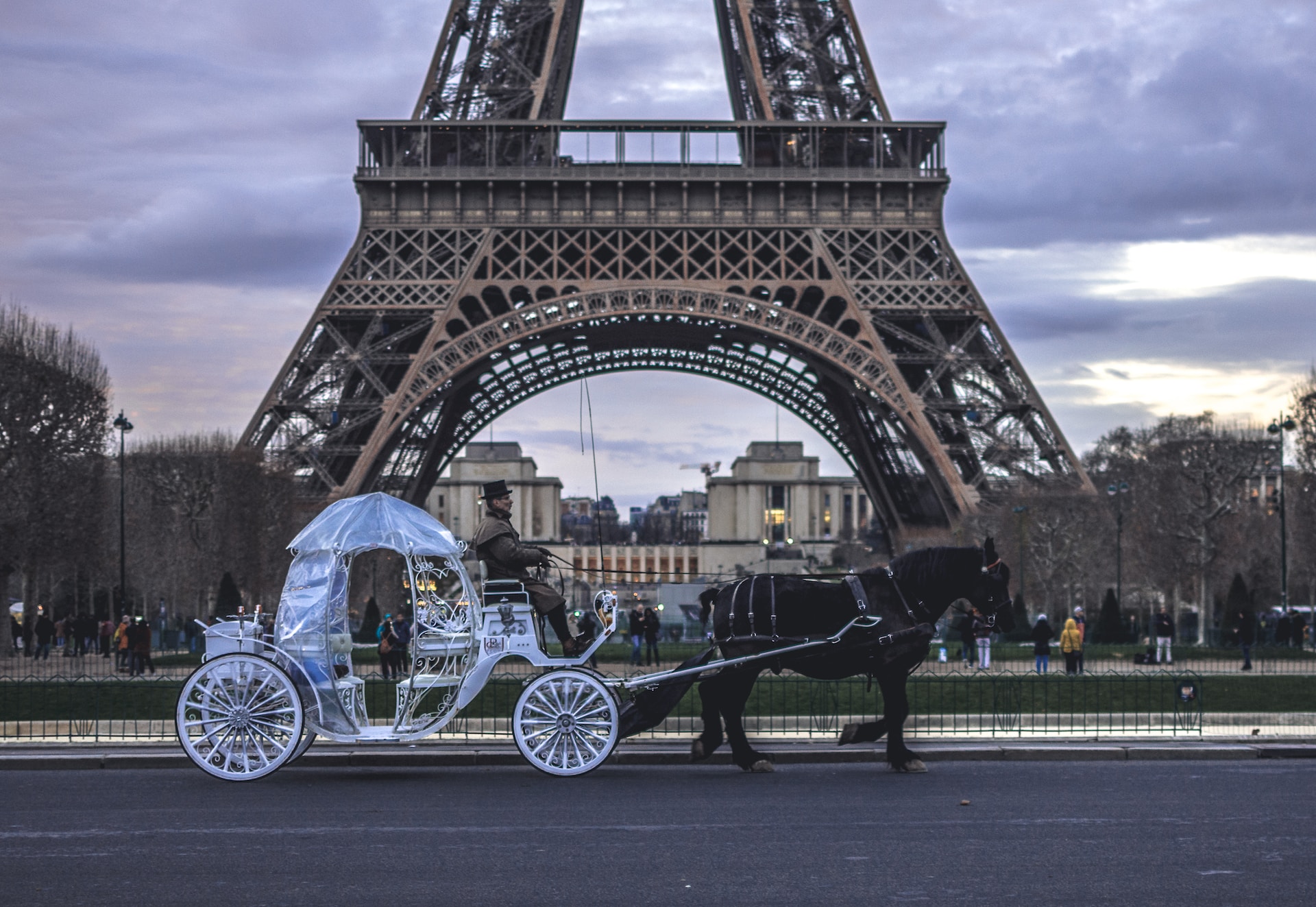
You think you love the Eiffel Tower, but you don’t love it as much as Erica Eiffel. Born Erica LaBrie, she “married” the Eiffel Tower in 2007 in a commitment ceremony. She is an advocate for objectophilia, where people feel attachment to inanimate objects.
If you’re a romantic visiting Paris, read our Valentine’s Day guide to the Eiffel Tower. Nowhere in there will we suggest marrying the tower.
16. The tower has 20,000 lights
The tower has way more lights than any Christmas tree we know of. And every night after dark, you can see it lit up. It even sparkles for five minutes on the hour, its 20,000 LED light bulbs paying homage to the well-known Paris nickname, City of Light.
Can you climb the tower when it’s lit up at night? Yes, you can! The Eiffel Tower shows off completely different views after sunset. Here’s how to see the Eiffel Tower lights.
17. It’s also green
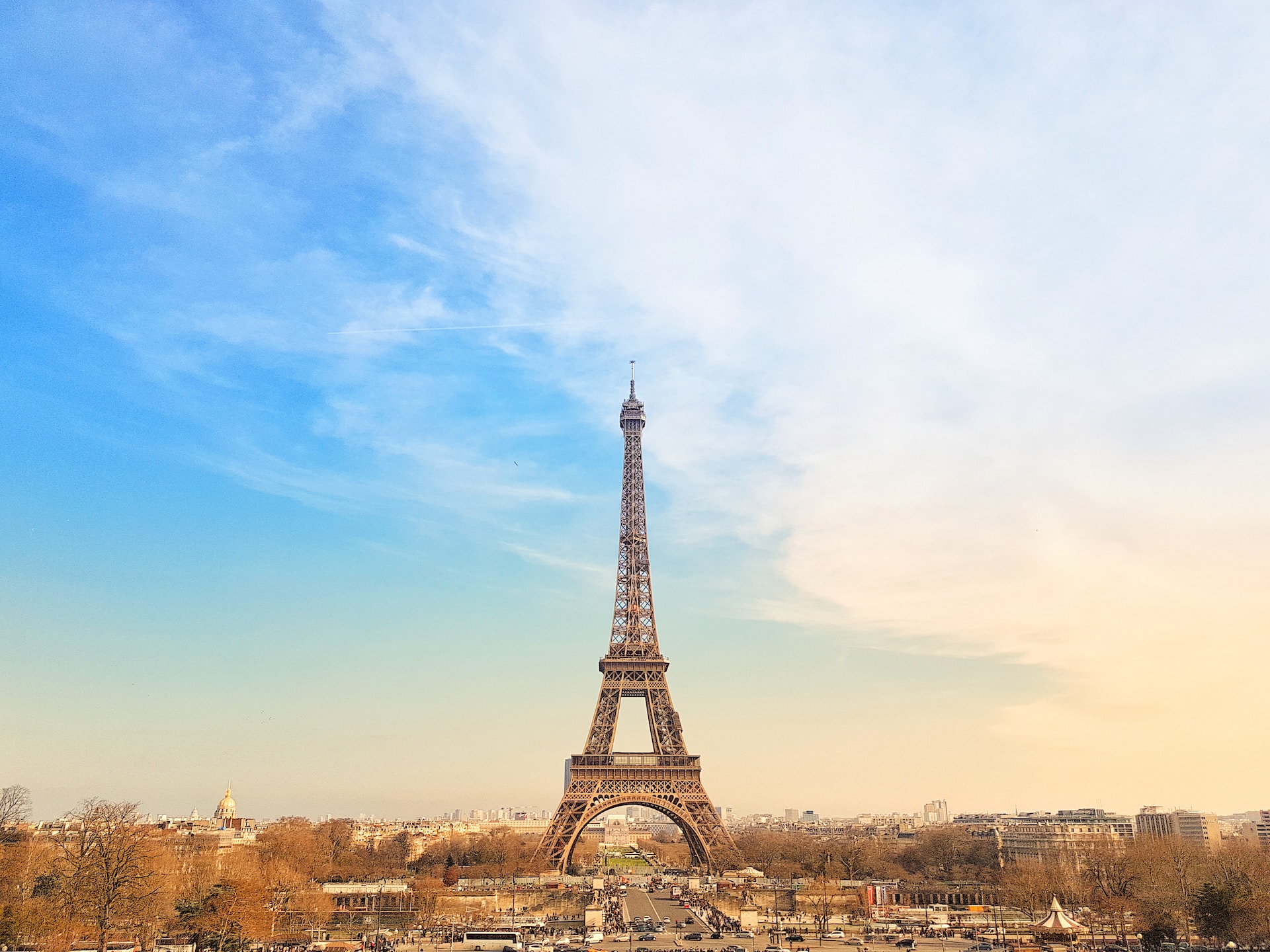
Not green like the color — it’s Eiffel Tower Brown as we discussed above. But it is eco-friendly. Not only does it use LED lights, but it also produces its own electricity via wind turbines hidden in the structure.
18. The Eiffel Tower was almost destroyed in WWII
During World War II, when the German army occupied Paris and as the Allies were approaching to liberate Paris in 1944, Hitler ordered General Dietrich von Choltitz to destroy the Eiffel Tower and other historic monuments.
But it never happened. Fortunately, the general refused to carry out the order.
19. It will be the real shining star at the Paris Olympics
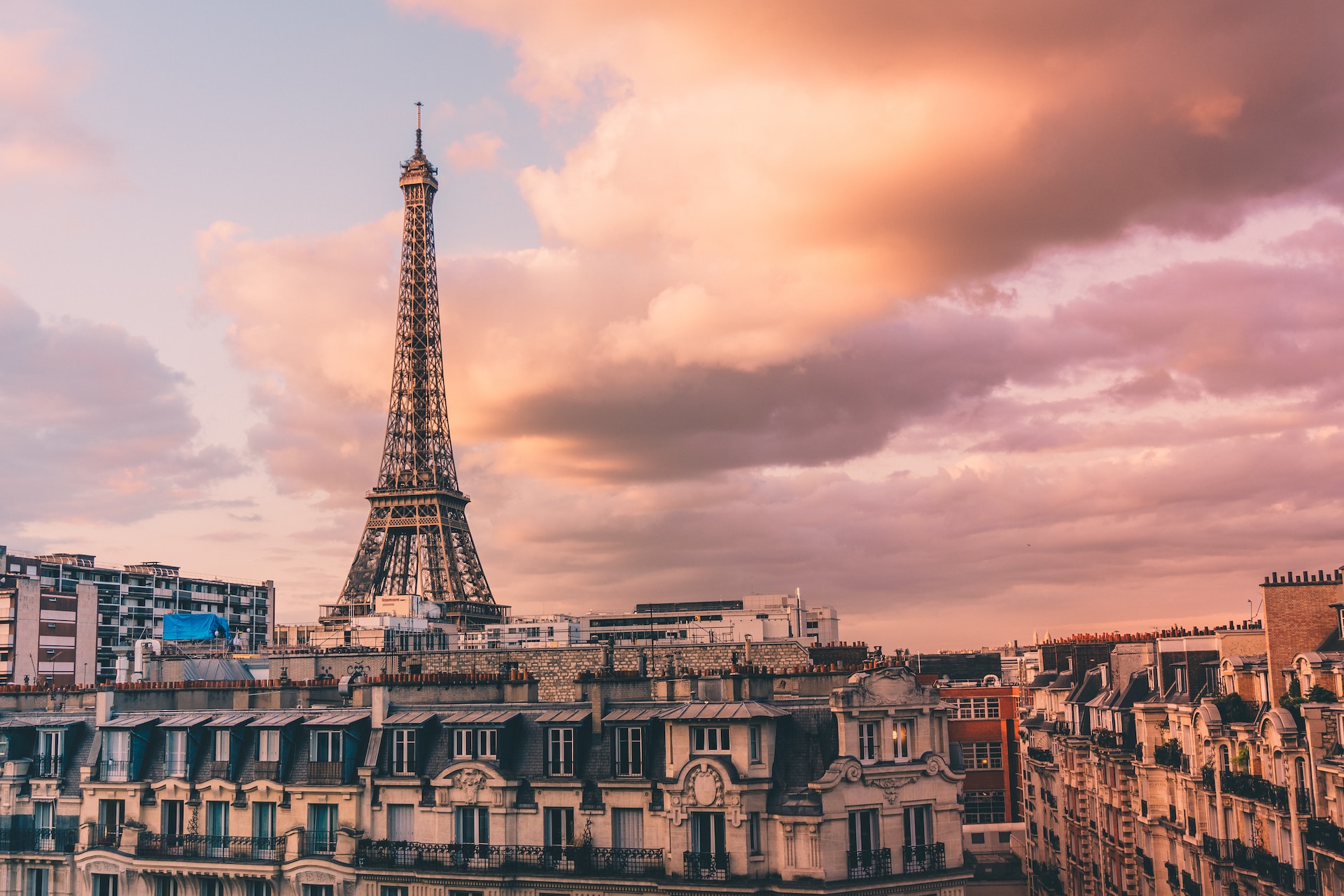
In time for the 2024 Olympic Games, the Eiffel Tower will get a one-off, very special golden paint job to shimmer even more than normally.
As Patrick Branco Ruivo, director of SETE (the company that manages the Eiffel Tower), explains it, “It will give the Eiffel Tower a bit more of a ‘gold’ look for the 2024 Paris Olympic Games compared to the color we were more used to.”
